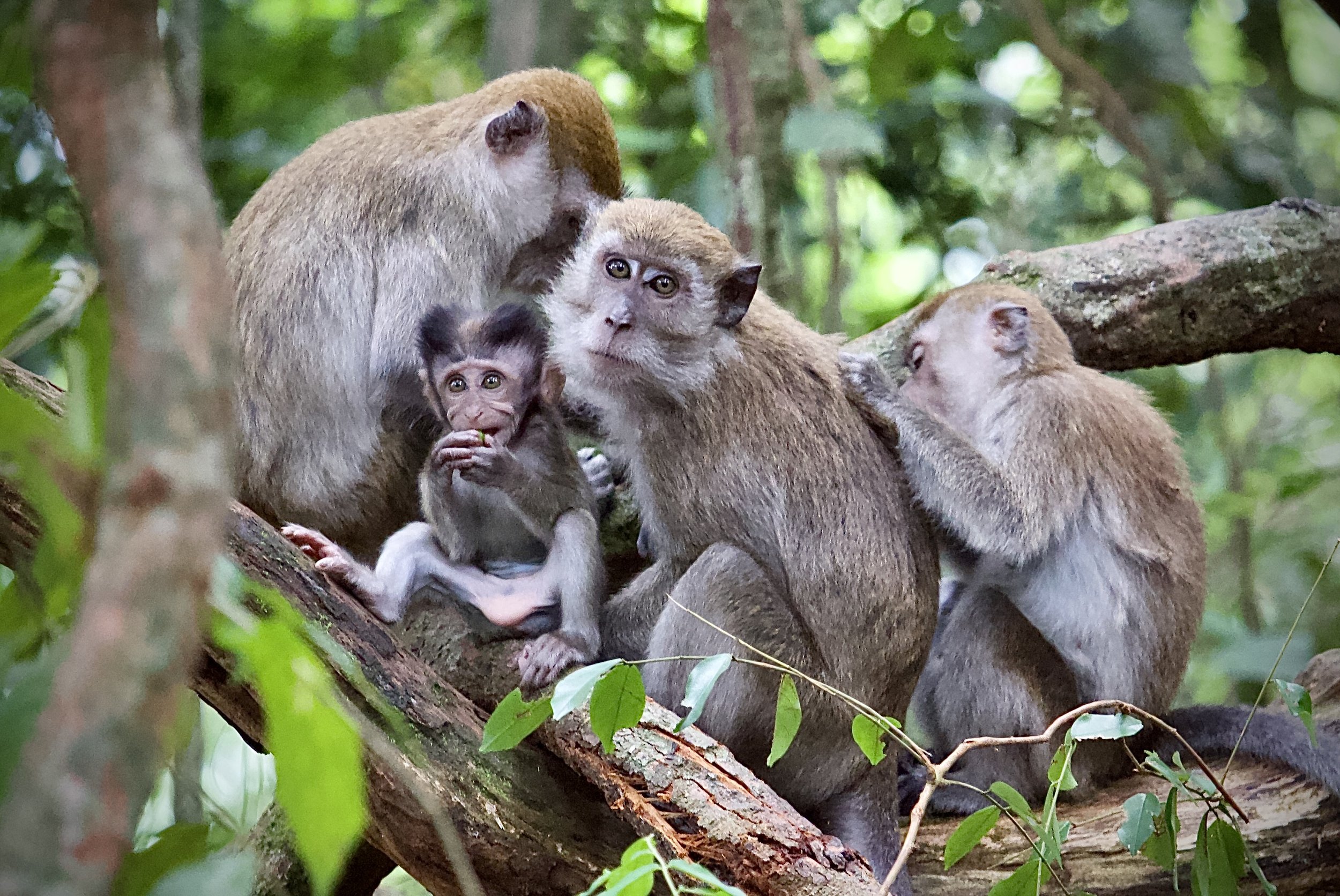In today's climate, people rely heavily on journalists to report the truth about events happening across the globe—from human rights violations to the latest on the COVID-19 pandemic. Even though journalists have the fundamental right to exercise their freedom of expression, they're under constant scrutiny and face threats of violence.
UN Secretary-General António Guterres summed up this sentiment well, "When journalists are targeted, societies as a whole pay a price. Without the ability to protect journalists, our ability to remain informed and contribute to decision-making is severely hampered. Without journalists able to do their jobs in safety, we face the prospect of a world of confusion and disinformation."
Amid the inherent dangers of the job, London-based journalist Chantal Da Silva, engaged in an honest discussion with Photographers Without Borders founder Danielle Da Silva about the importance of unearthing the truth behind topics such as immigration and reporting a story with multiple points of view.
Images by Chantal Da Silva
"A lot of one-sided stories happen in journalism, and it's something I've always fought against. Just because Joe Schmo the Republican says something doesn't mean we need to run a piece with that view, particularly when it espouses a story that isn't true and could directly put people at risk. We have to be careful when we do that. When someone influential like Donald Trump or Boris Johnson says it, sure, cover it. But make sure to include the context of what they're saying," says Chantal.
Presenting readers with a balanced view is crucial to covering a story because it allows people to draw their own conclusions. "It's about providing balance. So I'll always give someone the chance to say their side of the story. I've written articles I don't agree with, but I'm not going to censor the truth and pretend it’s not happening. It's not about censoring stories to support your own bias."
Before covering a story, Chantal contemplates the question posed by author Chris Kraus, "Who gets to speak, and why?" She understands certain stories will get more coverage than others, and in order for that to happen, someone's voice will be suppressed. Which is why Chantal uses her platform to empower the voices that are not being heard.
Images by Chantal Da Silva
"Everyone has a different truth. That's something I learned while covering asylum seeking because you have the asylum seekers' truth, which can't be denied. And then you have the person down the street who doesn't want asylum seekers to come into the country because they're afraid it will mean less jobs—that's their truth. And they're all true. When we deny those truths, we shut down the conversation. We don't let people look outside of their own echo chambers."
But ultimately, Chantal knows the news industry is much like a business. There are a lot of perils in aligning public knowledge, creating public awareness and acting in the public’s interest when you're for profit. For example, the book Stop Reading the News looks at how people are currently consuming news—and it’s unhealthy. "We're focusing on quantity over quality. That's coming from the production side and also the consumption side, where there's a greater demand for the kind of stories I wouldn't want to see prioritized in the world," says Chantal.
Images by Chantal Da Silva
The method and amount of news we consume has changed drastically over the years, with the majority turning to various social media outlets to access news coverage. "We're servicing a supply and demand chain, which means some stories don't receive the coverage they need, and the ones that do only discuss the problem. For instance, immigration stories did amazing when President Trump was speaking about the wall. Now, immigration has lost focus. Human rights violations are still happening every day, but the interest isn't there because we're consumed with the pandemic. Even my coverage has shifted to how the pandemic affects asylum seekers, which is still very important news. But a lot is going on in the world that's not getting attention," says Chantal.
To shift the tone of journalism from being reactive to more solution-oriented, Chantal believes in solutions journalism. It encompasses stories of communities using solutions to tackle challenging issues by focusing on the WHOLE story.
W — What issue is being addressed?
H— How does it work?
O — Offering insight
L — Includes limitations
E — Provides evidence of impact
According to the Solutions Journalism Network, solutions journalism engages readers by changing the dialogue from divisive to constructive, creates meaningful tangible change and restores trust amongst its readers. "I do think it's important to ask everyone I speak to, 'What do you think is the best way forward? What do you think is the best solution to address this problem? What needs to be done?' And honestly, those questions don't always get asked. Sometimes, journalists only share what's happening and not the way forward. As someone who's trying to inform the public and inform yourself, every day is a learning experience. You have to ask, 'What's the solution?'" says Chantal.
To watch the entire Storytelling for Change interview with Chantal Da Silva and access all of the previous webinars, join our community by becoming a PWB member.















